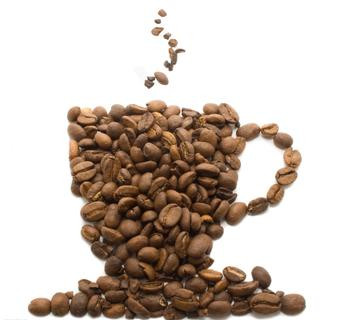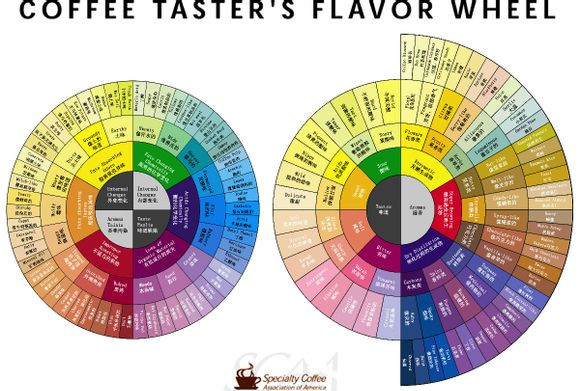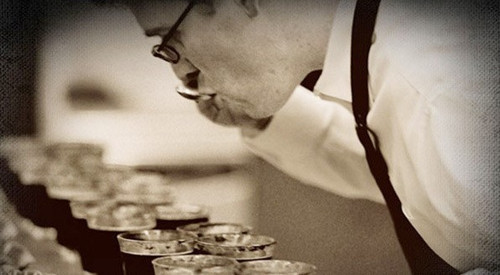The tasting term coffee taste of coffee
Before you begin to understand the characteristics of coffee beans from different regions, you must know the following taste words in order to know the characteristics and flavors of coffee beans in each country.

Body
The correct taste should be to feel the thick, thick texture of coffee after entering the mouth.
The tactile impression of the tongue in terms of weight, quality, and consistency ranges from light, watery, to moderately thick, thick, syrupy, ultra-rich.
Acidity
A taste on the back of the tongue, not quite the same as the acid lemon makes you salivate. This acidity describes a fresh, bright, and refreshing feeling.
The characteristics of Arabica coffee beans, which are usually produced at high altitudes and high density, are not present in Robusta coffee beans at low altitudes.
Bitter (bitter)
Bitterness is one of the four main tastes of coffee, usually for the following five reasons:
Variety: Robusta is usually more bitter than Arabica.
Producing area: coffee usually produced in sumatra, java, indonesia bitter strong.
Roast: Deep roasts are more bitter than light roasts because they are more caramelized and carbonized.
Caffeine: Robusta is more bitter than Arabica because it contains twice as much caffeine.
Extraction time: The longer the extraction time, the more bitter it is.
Sweet (sweet)
Coffee is described as even and delicious, flawless, perfect coordination, aftertaste endless taste, this sweet and sweet taste is also the flavor that high-quality coffee can emit.
Aroma (aroma)
The smell of coffee after brewing, including caramel, fruit, flower, rich, spicy and so on.
Flavor
It is the overall impression of aroma, acidity and alcohol.
Strong (strong)
Usually it refers to the intense flavor of coffee beans under dark roasting, which cannot be equated with high caffeine content.
In fact, the highest caffeine content is light canned coffee, because most of them contain a lot of high caffeine Robusta.
Tangy
It's an aggressive sour smell, almost fruity and alcoholic in nature.
Costa Rican premium coffee grown in the highlands usually has a spicy flavor.
Briny (salty)
This is usually due to excessive heating or because the beans themselves are too rich (coffee beans themselves contain 5% minerals).
Winy
It resembles an overall feeling with a slight bouquet, a fruity acidity and a smooth alcohol.
Important Notice :
前街咖啡 FrontStreet Coffee has moved to new addredd:
FrontStreet Coffee Address: 315,Donghua East Road,GuangZhou
Tel:020 38364473
- Prev

SCAA's coffee flavor round Coffee Taster's Flavor Wheel
SCAA's Coffee Flavor Wheel (Coffee Tasters Flavor Wheel) (which can be purchased from SCAA) is no stranger to you. You can see it on the walls of some coffee companies, training schools, and related institutions.
- Next

What is Cup Testing in a boutique coffee cup?
The essence of fine coffee Specialty Coffee is in the cup test (Cup Testing or Cupping), that is, the evaluation of coffee taste, and the cup test (Cupping) is a very important step. Cup test props: coffee cup test 10 steps: 1. Prepare a little (about 10 grams) freshly roasted and immediately ground coffee in a small cup. two。 Smell it and see its dry fragrance. 3. Pour into about 95 degrees.
Related
- Beginners will see the "Coffee pull flower" guide!
- What is the difference between ice blog purified milk and ordinary milk coffee?
- Why is the Philippines the largest producer of crops in Liberia?
- For coffee extraction, should the fine powder be retained?
- How does extracted espresso fill pressed powder? How much strength does it take to press the powder?
- How to make jasmine cold extract coffee? Is the jasmine + latte good?
- Will this little toy really make the coffee taste better? How does Lily Drip affect coffee extraction?
- Will the action of slapping the filter cup also affect coffee extraction?
- What's the difference between powder-to-water ratio and powder-to-liquid ratio?
- What is the Ethiopian local species? What does it have to do with Heirloom native species?

